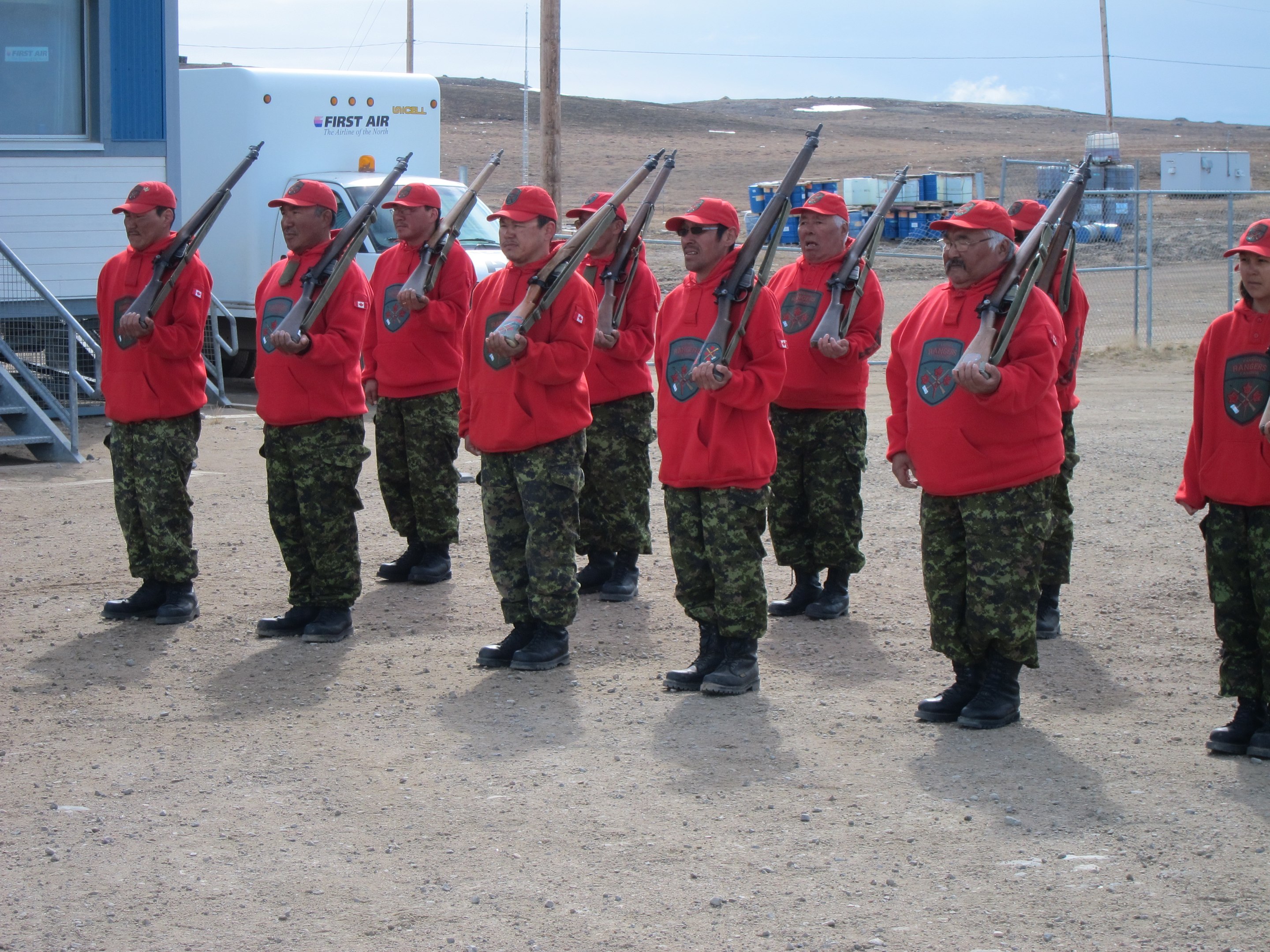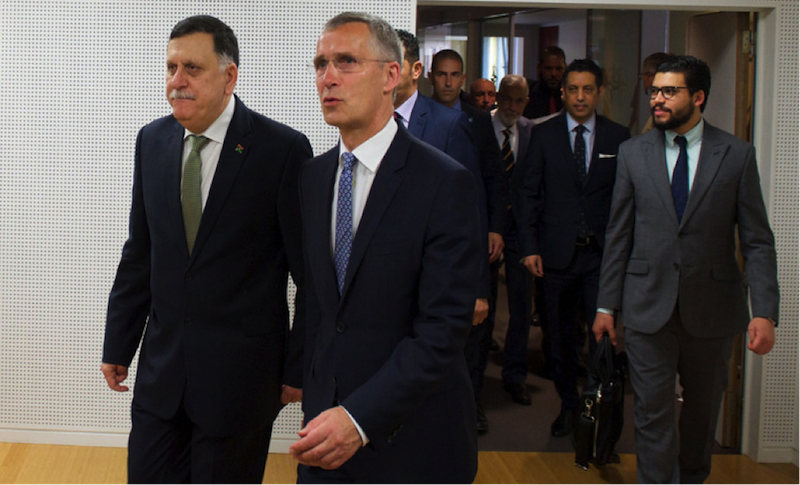During Prime Minister Stephen Harper’s visit to Canada’s North in August 2014, he raised concerns about the potential for Russian aggression in the Arctic. In fact, successive Canadian governments have referenced Arctic sovereignty as a national priority, especially as disputes with Denmark over the status of Hans Island grew increasingly tense in 2004. Taken at face value, Canada’s Arctic policy is comprehensive, involving substantial efforts to improve the Canadian Forces’ capacity to operate in the region and the introduction of a Northern Strategy to enhance the social and economic development of the territories.

But beyond the rhetoric, how serious is Canadian Arctic policy? Recently, it seems that, in contrast to the glitzy media events, the Canadian government is not so committed to the defence of the North after all. For example, when the results of the National Shipbuilding Procurement Strategy were announced in 2011, the government called for eight Arctic Offshore Patrol Ships (AOPS), which would help to patrol Canadian waterways. It was later determined that these new vessels would be designed for the Royal Canadian Navy (RCN) by Odense Maritime Technologies in Denmark, then produced by Irving Shipbuilding. As negotiations with Irving are ongoing, officials then announced in October 2014 that only five AOPS will be produced, with an option for a sixth.
This reduction in the expected number of AOPS will inhibit the RCN’s capacity to exert Canadian sovereignty over gradually opening waterways in the Arctic. It is also consistent with a disappointing trend regarding Canadian Arctic policy and the country’s defence procurement projects in general, by which ambitious announcements are made only for the implementation to later be scaled back repeatedly. Along similar lines, it was announced in 2007 that $175 million would be set aside to expand Nanisivik Naval Facility into a full naval base. Such a facility could have served as an excellent base for the AOPS and for Canada’s long promised heavy icebreakers. Construction on the base was expected to begin in 2011, but the work has since been abandoned and defence officials now suggest that the facility could instead be used as a refuelling station for AOPS based elsewhere. Where exactly these vessels will be based, however, remains an unanswered question as no substantive plans have been advanced regarding a possible naval base in Churchill, Manitoba.
This reflects a surprisingly lax attitude toward Canada’s long-term defence. When the Canadian government committed to support the Middle East Stabilization Force (MESF), a multinational contingent intended to combat the Islamic State of Iraq and al-Sham (ISIS), the capacity of the Royal Canadian Air Force to defend Canadian airspace was also undermined to some extent. In support of MESF, six CF-18 Hornets were deployed along with one CC-150T Polaris aerial refueller and two CP-140 Aurora surveillance aircraft. Responding to instability in Ukraine, Canada has also deployed six CF-18 Hornets as part of a NATO air policing mission in Eastern Europe. This will leave only 22 CF-18 fighters for the defence of Canada’s entire airspace for the foreseeable future. Though active Canadian participation in NATO activities is crucial, and although MESF operations are worth supporting, it is perplexing that these would be deemed so vital to Canadian interests that they take precedence over Arctic sovereignty.

There have been some promising steps, however. Earlier in 2014, an order was placed with Colt Canada to produce 6,500 new rifles for the Canadian Rangers, who help patrol the most remote areas of the Canadian North. These rifles, which will start entering service in mid-2015, will replace the Canadian Rangers’ standard-issue weapon, the .303 Lee Enfield rifle. The 2015 edition of Operation Nanook will test the effectiveness of this new rifle, the specifications of which have not yet been made public.
But equipment for the Canadian Rangers is just one small part of the defence concerns surrounding the Arctic. International observers are no doubt keenly aware of the RCAF’s and RCN’s weakened capabilities, making Canada a target while the attention of Ottawa and the public is on Iraq and Ukraine. In order to strengthen Canada’s position in the Arctic, drastic steps must be taken. Rather than waiting for Canadian shipyards to become available for the construction of the Polar-class heavy icebreakers, it may be necessary to employ the services of a foreign shipyard, allowing the AOPS and at least one of the icebreakers to enter service at roughly the same time in 2018. More pressure should also be placed on the RCAF’s National Fighter Procurement Secretariat to propose a cost-effective replacement to the CF-18.
These steps would signal to the world that Canada takes the sovereignty of its Arctic seriously. However, if the Canadian government is not willing to make the Arctic a priority, it should stop calling it one.




